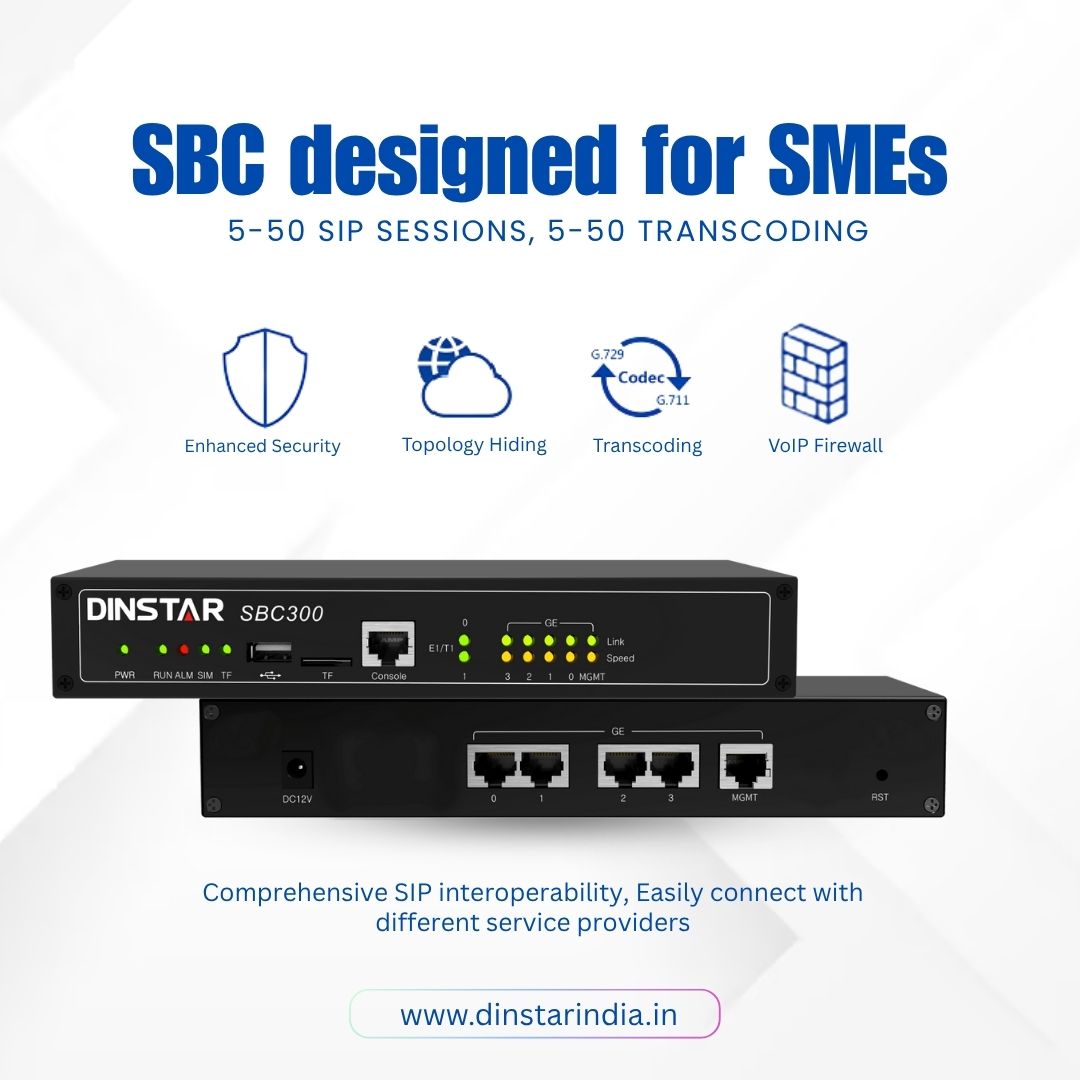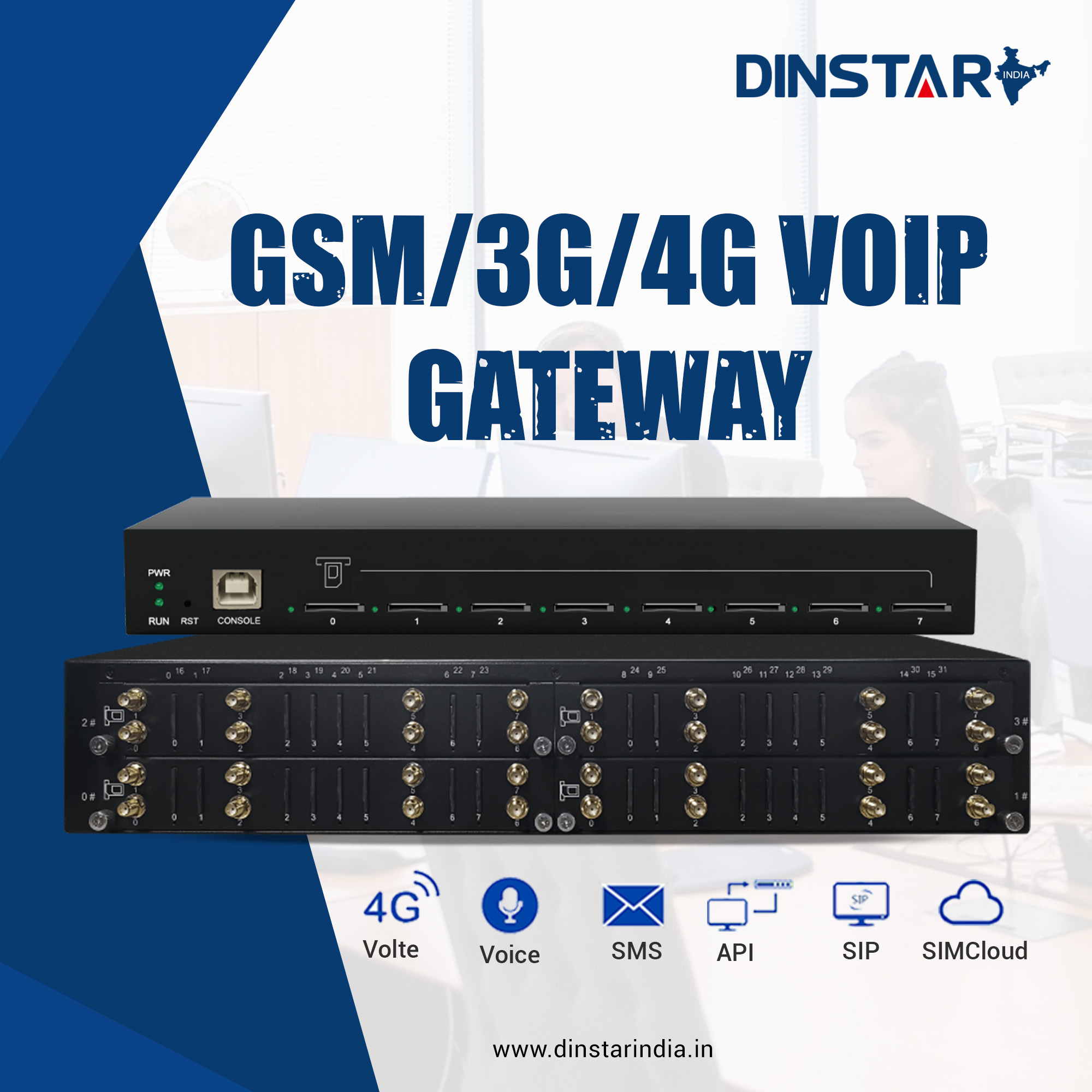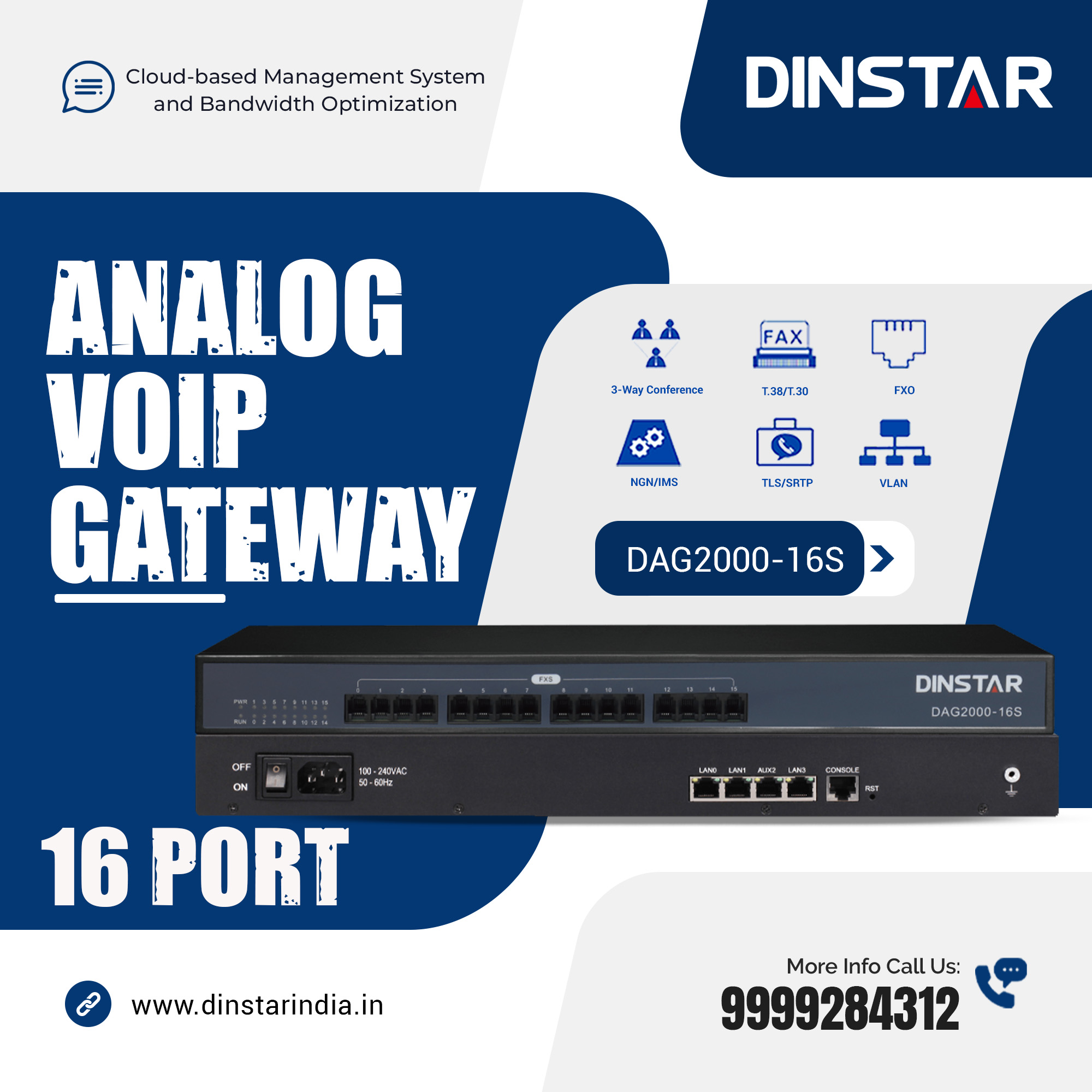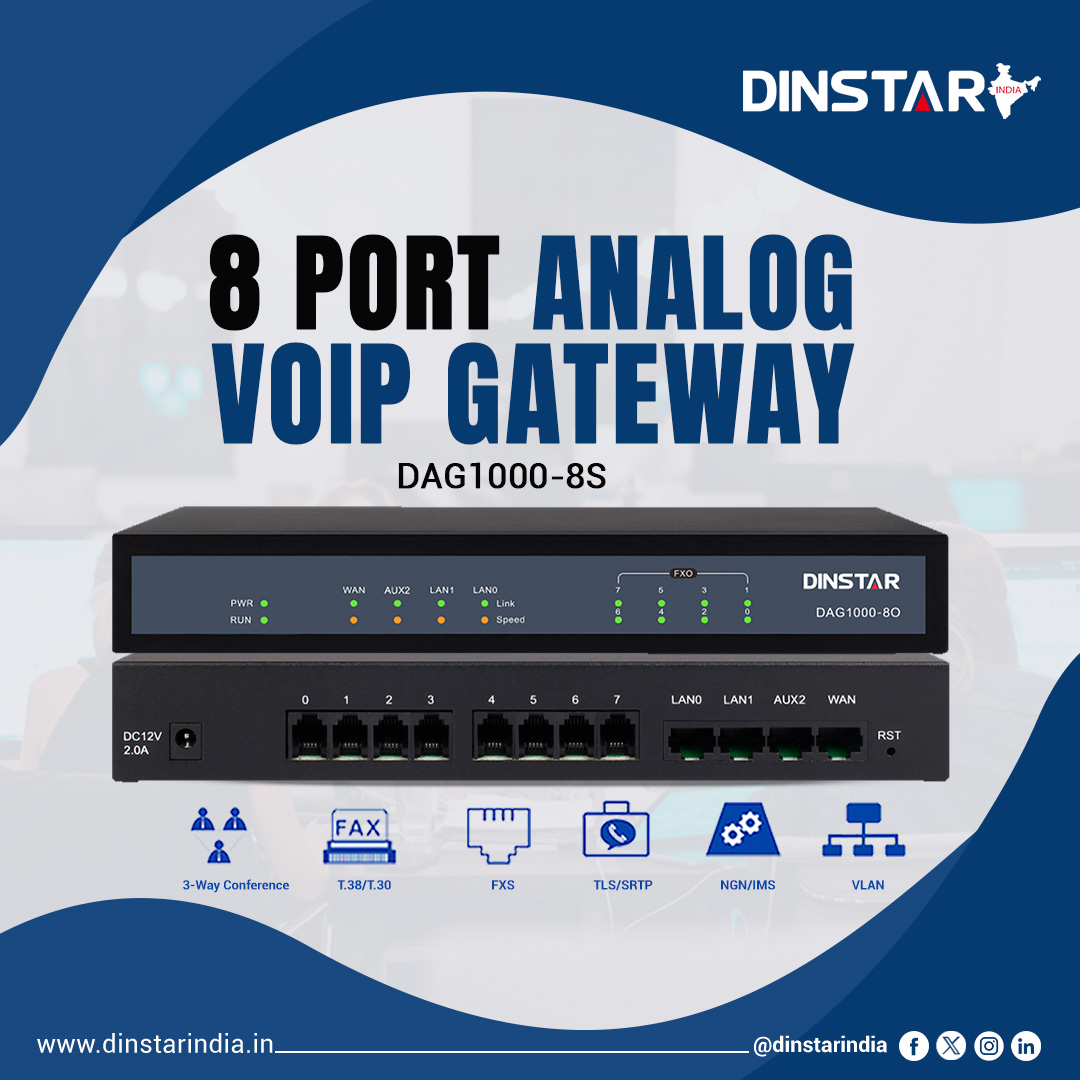What is a Session Border Controller (SBC) and Why Do You Need One?

Strong 8k brings an ultra-HD IPTV experience to your living room and your pocket.
In the fast-evolving world of VoIP and unified communications, ensuring secure, reliable, and high-quality communication is essential for businesses. One crucial component that makes this possible is the Session Border Controller (SBC). Whether you’re a telecom operator or a growing enterprise using VoIP services, understanding what an SBC is—and why it matters—can help you future-proof your communication infrastructure.
What is a Session Border Controller?
A Session Border Controller (SBC) is a network device or software application that manages and protects IP communications as they cross network boundaries, particularly in VoIP deployments. SBCs are strategically positioned at the edge of networks, acting as gatekeepers between internal enterprise systems and external carriers or public internet connections.
An SBC handles both signaling and media traffic for voice, video, and messaging sessions. It ensures that communication is seamless, secure, and compliant with regulatory standards.
Why is SBC Important for VoIP?
With the rise of VoIP (Voice over IP) systems, the traditional PSTN barriers have disappeared. But this flexibility also opens the door to security risks, call quality issues, and interoperability problems. Here’s where SBCs become essential:
- Security: SBCs prevent VoIP-specific threats like call hijacking, denial of service (DoS) attacks, and eavesdropping.
- Interoperability: They ensure compatibility between different VoIP protocols and vendor platforms.
- Quality of Service (QoS): SBCs manage bandwidth and prioritize traffic to deliver optimal call quality.
- Session control: They help route, manage, and control VoIP sessions intelligently.
Key Functions of a Session Border Controller
Let’s break down the core responsibilities of an SBC for VoIP systems:
1. Security
SBCs protect against both signaling and media-layer threats. They offer:
- Topology hiding: Prevents hackers from learning about your internal network structure.
- Encryption support: Secures SIP signaling and RTP media with TLS and SRTP.
- DoS protection: Monitors and blocks suspicious traffic patterns.
- Access control: Filters and authorizes inbound/outbound SIP traffic.
2. Media and Signaling Interworking
Not all VoIP systems speak the same “language.” SBCs help bridge communication gaps by:
- Transcoding: Converts voice codecs (e.g., G.711 to G.729) when endpoints don’t match.
- SIP normalization: Translates protocol differences between different vendors’ equipment.
- Header manipulation: Adjusts SIP headers for compatibility across networks.
3. Call Routing and Policy Management
SBCs offer intelligent routing based on pre-defined policies:
- Least-cost routing (LCR): Directs calls via the most cost-effective path.
- Time-of-day routing: Routes calls based on business hours or schedules.
- Load balancing: Distributes calls evenly across multiple servers or gateways.
4. Quality of Service (QoS) Management
Maintaining voice and video quality is crucial. SBCs help by:
- Jitter buffering: Compensates for delay variations in packet delivery.
- Packet prioritization: Ensures real-time traffic (like voice) is prioritized over other data.
- Bandwidth management: Allocates bandwidth based on usage and priority.
Types of SBC Deployment
Depending on your infrastructure, SBCs can be deployed in various forms:
1. Hardware SBCs
These are dedicated physical devices used mostly by telecom operators or enterprises with high traffic volume.
2. Software SBCs
Ideal for businesses using cloud-based VoIP services. Software SBCs can be installed on virtual machines or servers.
3. Cloud-based SBCs
SBCs offered as a service (SBCaaS) by providers—scalable and cost-effective for growing businesses.
Use Cases for Session Border Controllers
1. Enterprises Using SIP Trunking
If you’re replacing traditional phone lines with SIP trunks, SBCs are essential for managing and securing those SIP connections.
2. Service Providers Offering VoIP
SBCs help telecom providers deliver secure and high-quality VoIP services to their customers while managing complex routing and interconnection issues.
3. Contact Centers
SBCs ensure high availability, security, and quality for high call volumes in contact centers.
4. Unified Communications
SBCs support integration between different communication platforms such as Microsoft Teams, Zoom Phone, and Cisco systems.
Benefits of Using an SBC for Your Business
Enhanced Security
SBCs protect VoIP systems from external threats and unauthorized access, giving businesses peace of mind.
Improved Call Quality
With real-time monitoring, traffic shaping, and jitter control, SBCs ensure crystal-clear communication.
Regulatory Compliance
SBCs help you comply with regulatory mandates such as lawful intercept and emergency call routing.
Better Interoperability
SBCs bridge protocol mismatches between different SIP implementations, making integrations seamless.
Scalability
SBCs grow with your business. Whether you scale from 10 to 10,000 calls per day, a robust SBC solution can handle it.
How to Choose the Right Session Border Controller
When selecting an SBC, consider the following factors:
1. Capacity
Assess how many concurrent calls you need the SBC to handle now and in the future.
2. Security Features
Ensure the SBC supports TLS/SRTP encryption, firewall functionality, and DoS protection.
3. Interoperability
Choose an SBC that supports a wide range of codecs, SIP variants, and communication platforms.
4. Management Tools
Look for intuitive management interfaces, real-time monitoring, and configuration flexibility.
5. Support & Updates
Opt for a vendor that offers regular updates, technical support, and firmware patches.
Popular SBC Vendors in the Market
Some of the most trusted SBC solutions available today include:
- Dinstar SBC Series – Cost-effective, scalable, and ideal for small to medium enterprises.
- AudioCodes Mediant SBC
- Ribbon Communications SBC 1000 / 2000
- Cisco Unified Border Element (CUBE)
- Oracle Acme Packet SBC
Each of these solutions offers unique benefits and scalability depending on deployment needs.
Final Thoughts
A Session Border Controller is not just a security component—it’s the backbone of reliable and scalable VoIP communications. As businesses adopt more advanced unified communication platforms and SIP trunking solutions, having an SBC in place is no longer optional—it’s essential.
Note: IndiBlogHub features both user-submitted and editorial content. We do not verify third-party contributions. Read our Disclaimer and Privacy Policyfor details.







